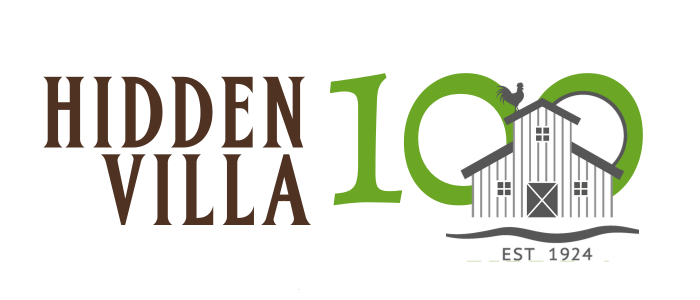Description
This video uses the example of a deer's ears as an external body part whose structure functions to protect deer from predators and other dangers.
Image_List

Lesson
Printable Materials
Deer Ears (PDF) Lesson Plan
Discussion
1. What is a herbivore?
2. What is a carnivore?
3. How do big ears help improve hearing?
4. Deer can move their ears in different directions. Why is that useful?
5. How do deer use long legs to survive?
6. How are deer different from you and why?
Standard
1-LS1-1 How Molecules to Organisms: Structures and Processes
Students who demonstrate understanding can: Use materials to design a solution to a human problem by mimicking how plants and/or animals use their external parts to help them survive, grow, and meet their needs.
Disciplinary Core ideas LS1.A: Structure and Function
All organisms have external parts. Different animals use their body parts in different ways to see, hear, grasp objects, protect themselves, move from place to place and seek, find, and take in food, water, and air. Plants also have different parts (roots, stems, leaves, flowers, fruits) that help them survive and grow.
Crosscutting Concepts Structure and Function
The shape and stability of structures of natural and designed objects are related to their function(s).
Science and Engineering Practices Constructing Explanations and Designing Solutions
Constructing explanations and designing solutions in K-2 builds on prior experiences and progresses in the use of evidence and ideas in constructing evidence-based accounts of natural phenomena and designing solutions. Use materials to design a device that solves a specific problem or a solution to a specific problem.
